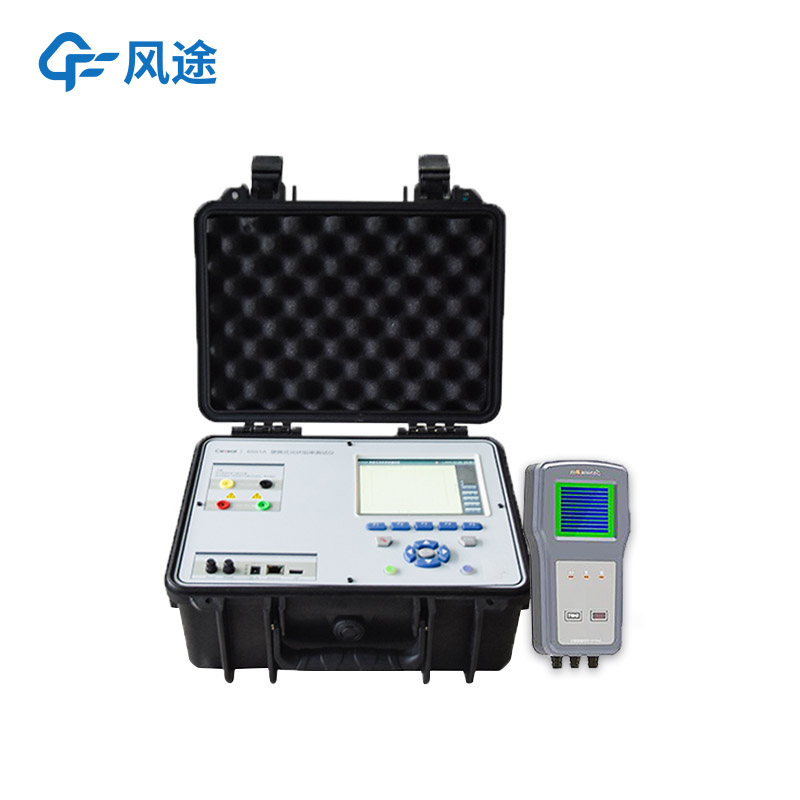Shandong Fengtu IOT Technology Co., Ltd
Sales Manager:Ms. Emily Wang
Cel,Whatsapp,Wechat:+86 15898932201
Email:info@fengtutec.com
Add:No. 155 Optoelectronic Industry Accelerator, Gaoxin District, Weifang, Shandong, China

Sales Manager:Ms. Emily Wang
Cel,Whatsapp,Wechat:+86 15898932201
Email:info@fengtutec.com
Add:No. 155 Optoelectronic Industry Accelerator, Gaoxin District, Weifang, Shandong, China
time:2025-04-07 09:47:45 source:Weather Station viewed:507 time
On the technical specification sheet of each photovoltaic (PV) module, an "IV curve diagram" is attached. What exactly is this? In fact, it is a current-voltage curve diagram, which is a characteristic curve used to describe the relationship between the output current and output voltage of a PV module under different lighting conditions and loads.
The IV curve diagram usually appears as a curve starting from the origin. The horizontal axis represents the voltage (V), and the vertical axis represents the current (I). As the voltage increases, the current remains relatively stable first and then drops sharply. This shape is derived from the superposition effect of the diode characteristics of the photovoltaic cells and the photo-generated current.
It shows the relationship between the current and voltage of the PV module under different operating conditions and is an important basis for evaluating the performance of the module.
There are several key parameters included in the IV curve diagram:
Short-circuit current (Isc), which is the current value when the output terminal of the module is short-circuited, corresponding to a voltage of zero.
Open-circuit voltage (Voc), which is the voltage value when the load resistance of the module is infinite, corresponding to a current of zero.
Maximum power point (MPP), which is the operating point where the module has the maximum output power, usually located at the "knee" position of the curve.
The power generation efficiency and performance of the PV module can be evaluated through the IV curve to check if they meet the standards. When there is a deviation between the actually measured IV curve and the standard curve, it may indicate that there are performance problems with the module, such as shadow obstruction, damage to the solar cells, or failure of the bypass diodes.
The I-V Curve Tracer draws the IV curve by applying different voltage values to the PV module and measuring the corresponding current output. This curve can intuitively show the current response characteristics of the PV module at different voltages, providing an important basis for performance evaluation, quality control, and fault diagnosis. When the tester is in operation, it is necessary to apply a continuous variable to the PV module and respond quickly to obtain an accurate IV curve diagram. Multiple measurements also need to be carried out to eliminate errors, and the test results should be compared with the standard curve to ensure the accuracy of the test results.

Landslide monitoring equipment, as an important tool for ensuring geological safety, can monitor the characteristics of landslide masses and related environmental factors, providing crucial data for analyzing landslide risks.Displacement monitoring equipment: The GNSS monitoring system utilizes the...
Road surface condition data is one of the most important parameters of concern for traffic safety, apart from visibility. Whether there is water on the road surface. Snow, ice and other road conditions are one of the safety hazards alerted to. FT-LM2 non-contact road condition detector uses remote s...
Continued technological advances and growing market demand have driven the iterative updating of soil moisture monitoring technologies. The drying method, which was initially used to assess soil moisture by weighing, has since evolved to the electrical resistance method, which is based on the relati...
Meteorological instrument modules are integrated sensor systems specifically designed to monitor and record a wide range of meteorological parameters. These modules typically contain multiple high-precision sensors capable of simultaneously measuring key meteorological elements such as temperature,...